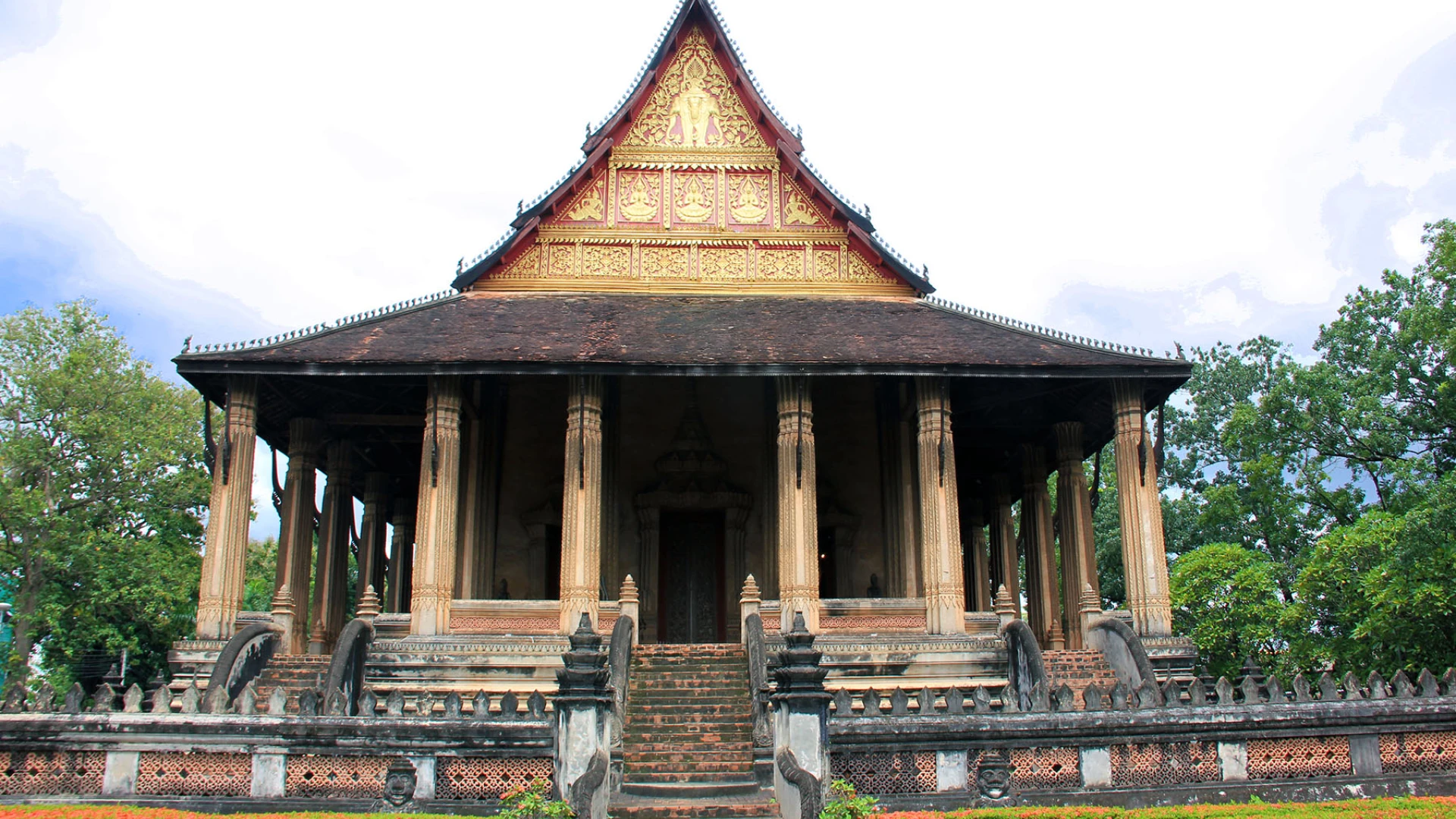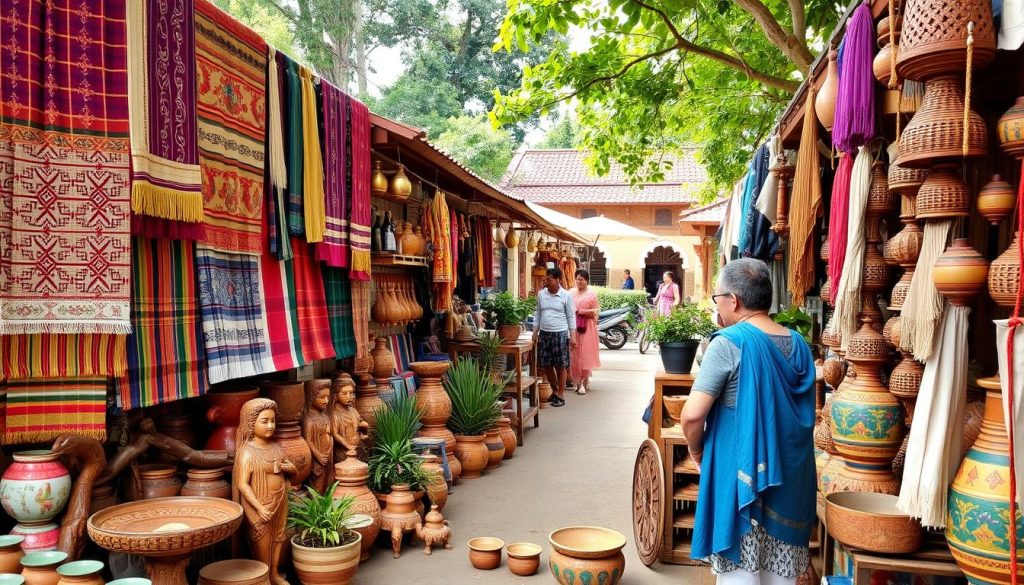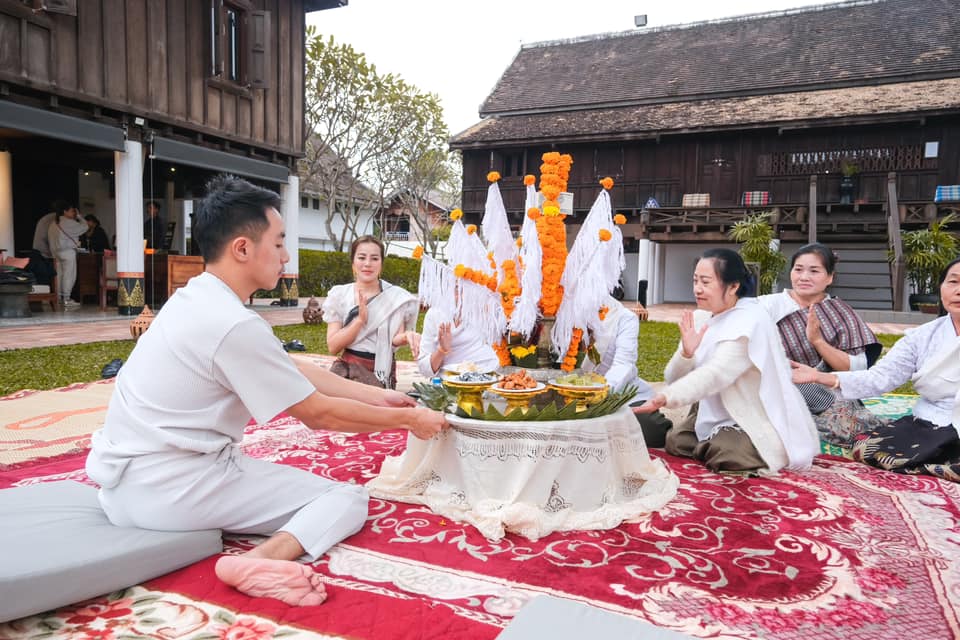1. Overview & Address of the Place
Ho Phra Keo, also known as Haw Phra Kaew, is a historic temple in Vientiane, Laos, originally constructed in 1565 by King Setthathirath to house the Emerald Buddha, a revered symbol of Lao Buddhism. Today, it serves as a museum displaying religious artifacts, sculptures, and artwork, offering insight into Laos’ religious and cultural heritage.
Name: Ho Phra Keo (Haw Phra Kaew)
Location: Vientiane, Laos
Coordinates: 17.9659° N, 102.6111° E
Best visited: While exploring Vientiane’s historical landmarks or seeking cultural enrichment.
2. History of the Place with 10 Key Facts & Google Maps Link
Ho Phra Keo has deep historical and religious significance:
- Construction Date: Built in 1565 by King Setthathirath to house the Emerald Buddha.
- Original Purpose: Served as the royal family’s chapel, holding the sacred Emerald Buddha.
- Emerald Buddha Relocation: The Emerald Buddha was taken by the Siamese in 1779 to Bangkok, Thailand.
- Renaming: After the Buddha’s relocation, it was renamed Ho Phra Keo, meaning “Altar of the Emerald Buddha.”
- Destruction: The temple was destroyed during the Siamese invasion of 1827.
- Restoration: Rebuilt between 1936 and 1942 under French colonial rule, restoring it as a monument to Laos’ religious and artistic history.
- Architectural Style: The temple is a blend of traditional Lao architecture and influences from Thai and Khmer styles.
- Museum: The temple was converted into a museum in the 1970s, housing religious art, sculptures, and artifacts.
- Historical Artifacts: The museum displays numerous Buddha images, ancient manuscripts, and Khmer stone steles.
- Garden Setting: Surrounded by beautifully landscaped gardens, providing a serene environment for visitors.
3. What Makes “Ho Phra Keo” Popular? + Recommended YouTube Video
Ho Phra Keo is popular for its historical and cultural value, offering a deep dive into Laos’ religious heritage.
- Cultural Significance: Once housed the revered Emerald Buddha, and now stands as a cultural and historical monument.
- Architectural Beauty: The intricate design blends Lao, Thai, and Khmer architectural elements.
- Museum Insights: A must-visit for those interested in religious art, historical artifacts, and Lao culture.
4. Overall Ratings (1 to 5 Stars)
Ho Phra Keo is highly rated for its rich history, cultural importance, and beautiful architecture.
Overall Rating: ⭐⭐⭐⭐⭐ (5/5)
Cultural Significance: ⭐⭐⭐⭐⭐ (5/5)
Authenticity: ⭐⭐⭐⭐⭐ (5/5)
Atmosphere & Environment: ⭐⭐⭐⭐⭐ (5/5)
Accessibility: ⭐⭐⭐⭐⭐ (5/5)
Tourist Friendliness: ⭐⭐⭐⭐⭐ (5/5)
5. Weather
Vientiane has a tropical climate with distinct wet and dry seasons.
Best Time to Visit: November to February (cooler, dry season)
Temperature Range: 25–35°C (77–95°F)
Wet Season: May to October
Rain Gear: Recommended during the wet season.
6. Nearest Five Hotels
For visitors seeking accommodation near Ho Phra Keo, here are five great options:
- Sabaidee@Lao Hotel: Comfortable, centrally located with convenient access to major attractions.
- Vientiane Plaza Hotel: Modern amenities, a short walk from Ho Phra Keo.
- Green Park Boutique Hotel: A mix of traditional and contemporary style, offering a peaceful stay.
- City Inn Vientiane: Budget-friendly and close to key tourist sites.
- Ibis Vientiane Nam Phu: Centrally located with modern amenities.
7. Timings
Ho Phra Keo operates during standard hours.
Opening Hours: 8:00 AM – 12:00 PM and 1:00 PM – 4:00 PM daily.
Best Time to Visit: Early morning or late afternoon to avoid crowds and enjoy favorable lighting for photography.
8. Time Required to Visit
A visit to Ho Phra Keo typically requires a short time, especially if you plan to explore the museum and temple grounds.
Visit Duration: 1–2 hours
Ideal for: History enthusiasts, art lovers, and cultural explorers.
9. Entry Fees & Ticket Booking Details
There is an entry fee to visit Ho Phra Keo.
Entry Fee: Approximately $1 (less than 10,000 LAK).
Booking: Not required for general visits.
10. Things to See & Do
At Ho Phra Keo, visitors can explore the museum and observe the religious artifacts, statues, and artwork displayed inside:
- Explore: The temple’s architecture and surrounding gardens.
- Learn: About the history of the Emerald Buddha and the significance of the temple.
- Photography: Capture the intricate designs and serene atmosphere of the temple and museum.
11. Best Time to Visit
The best time to visit is during the dry season when the weather is more pleasant.
Best Time: November to February (cooler, dry season)
Time of Day: Early morning or late afternoon for a more relaxed experience.
12. Nearest Parking Spots
Street parking is available nearby, as well as public parking near major attractions in Vientiane.
Street Parking: Available near the temple.
Public Parking: Located near Patuxai and other major landmarks.
Alternative: Tuk-tuks and bicycles are popular modes of transport in Vientiane.
13. Tips for Visitors
- Dress Modestly: As a religious site, it’s important to dress respectfully.
- Respect Traditions: Be mindful of local customs and practices while visiting.
- Photography: Be respectful when taking photos, especially during religious ceremonies.
- Plan for Reflection: Take your time to reflect on the history and cultural significance of the temple.
14. How to Reach the Place
Ho Phra Keo is centrally located in Vientiane and easily accessible by foot, tuk-tuk, or bicycle.
By Tuk-Tuk: Convenient and affordable for short trips.
By Bicycle: A great way to explore Vientiane at your own pace.
By Foot: Easy access from central Vientiane.
Taxi: Available for longer trips.
15. Nearby Attractions to Combine for the Visit
While visiting Ho Phra Keo, consider exploring other nearby landmarks:
- Patuxai (Victory Monument): A short walk away, offering panoramic views of the city.
- Wat Si Saket: The oldest surviving temple in Vientiane.
- That Luang Stupa: The most important religious monument in Laos.
- COPE Visitor Centre: Learn about the history of unexploded ordnance in Laos.
- Mekong Riverfront: A scenic area for shopping, dining, and walking along the river.



